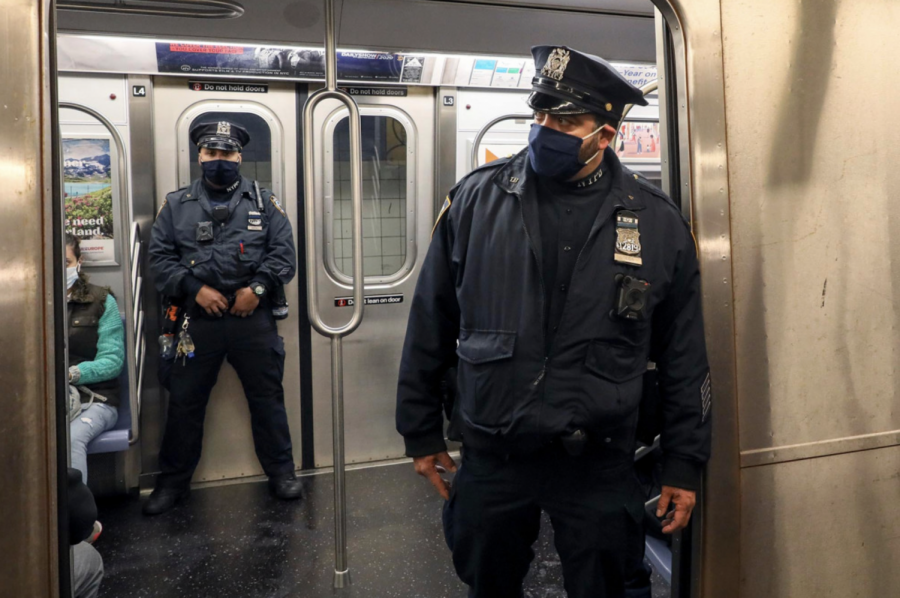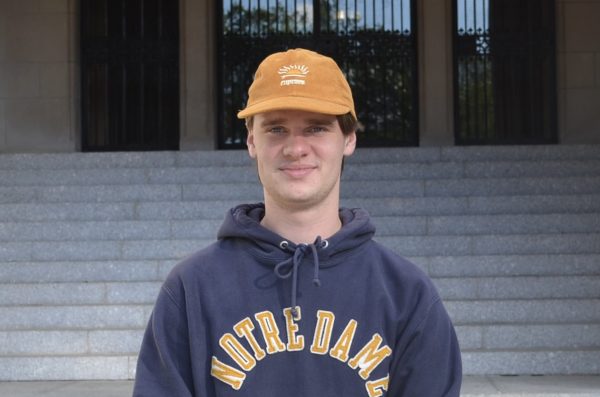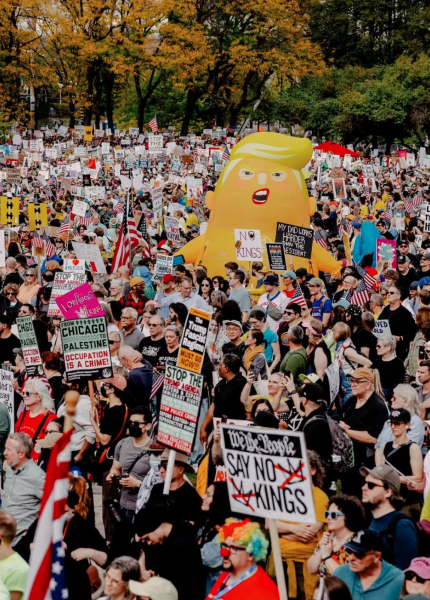N.Y.C. Subway Stabbings Demonstrate Failure to Address Deeper Problems
In recent months, New York has seen a startling rise in violent crimes committed on the subway, raising questions about the safety of N.Y.C transit. On Feb. 14, police arrested 21-year-old Rigoberto Lopez following a stabbing spree on the A train, leaving two dead and two wounded. In response to Lopez’s attacks, as well as a recent increase in murders and burglaries in the subway, MTA officials wrote a letter to Mayor Bill de Blasio requesting 1,000 more officers to be assigned to subway patrols. However, the deployment of more police officers to the subway system raises concerns about the city’s mental health crisis and the lack of resources for such situations. It also increases the potential for homeless people to be targeted by police— especially during the frigid winter months when the subway can be a warmer alternative to deadly outside temperatures.
Public transportation is one of the most affordable and convenient ways to travel throughout the city and should be safe and accessible for everyone to use. However, the surge in violent attacks demonstrates that the current approach to ensuring safety for all subway riders is failing. Increasing police presence alone in the subway will not solve this issue by any means.
Eric Adams, current Brooklyn borough president and candidate for N.Y.C. mayor, proposed a four-point plan in response to the uptick in crime. Adams and Ydanis Rodriguez, chair of the Transportation Committee for City Council, called for “an expansion of social services coordinated with NYPD enforcement,” as well as reopening 24-hour service on the MTA and strengthening Kendra’s Law. Kendra’s Law allows courts to order outpatient treatment for individuals suffering from serious mental health crises with a past history of arrests or hospitalizations. These efforts speak to a deeper dialogue concerning the lack of availability of mental health resources and treatment options for underprivileged people in the city. These preventative measures are vital to prevent violent incidents in the long run.
The A train stabbings have been compared to the Chinatown rampage in 2019, when four homeless people were bludgeoned to death by a man in a horrific spree. In both situations, the killers and their victims were homeless, and the perpetrators had extensive histories of struggles with mental illness. Giselle Routhier, policy director at the Coalition for the Homeless, said in the wake of the A train stabbings that in “New York City, we lack a ‘housing first’ model and what that means is that people who are homeless and living with a serious mental illness actually have to jump through an incredible number of hoops to gain access to housing with support services.” The lack of housing and support for this community has resulted in tragedy and pain. This is reflected in the rise in subway felonies and violent crimes reported in January and February of 2021.
Those dealing with mental illness should not be forced into the streets or subways to avoid the bitter winter weather. Officials shouldn’t be waiting for reports of violence on the subways to reach Channel 5 news — preventative measures must be taken. The city must reckon with the reality that mental health services are crucial to ensure the safety and well-being of community members. We must establish social services that can adequately support those in need in order to prevent the instances of violence and harm that New Yorkers have witnessed in recent months.
In his response to the A train stabbings, Rep. Adriano Espaillat of New York’s 13th congressional district said, “We’re not going to be able to jail ourselves out of this problem.” This statement rings devastatingly true: Are we really correcting a problem if we are only reacting to the aftermath of each incident? The involvement of the NYPD raises concerns as well — by increasing the police presence in the MTA, the city continues to criminalize its homeless population and target those in need of social support services. Moving forward after the fatal stabbings on the A train and other reports of violence on public transportation in the city, the MTA and NYPD, as well as Gov. Cuomo and Mayor de Blasio, must consider the root of these problems and that they may not be easily resolved by increased police presence. Systemic change, beginning with the establishment of substantial mental health and housing resources, is required to ensure that all New Yorkers have access to the resources needed to live safely in the city and in all of the public spaces we share.
Claire McHugh, FCRH ’23, is an English major from Chicago, Ill.








































































































































































































